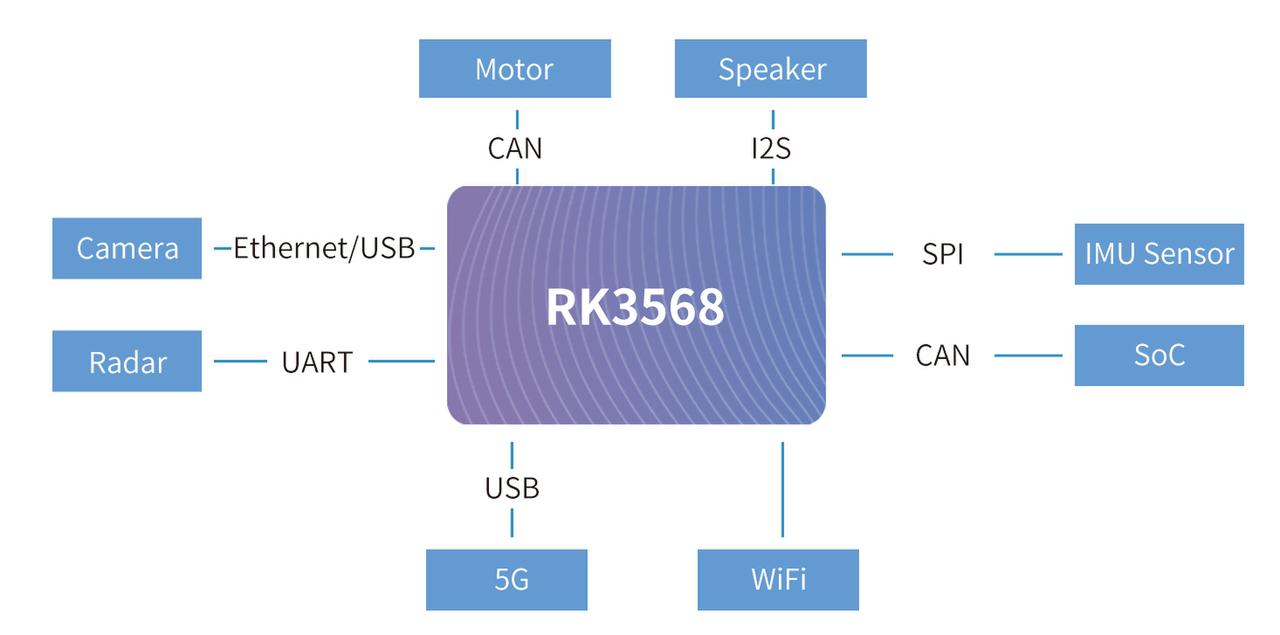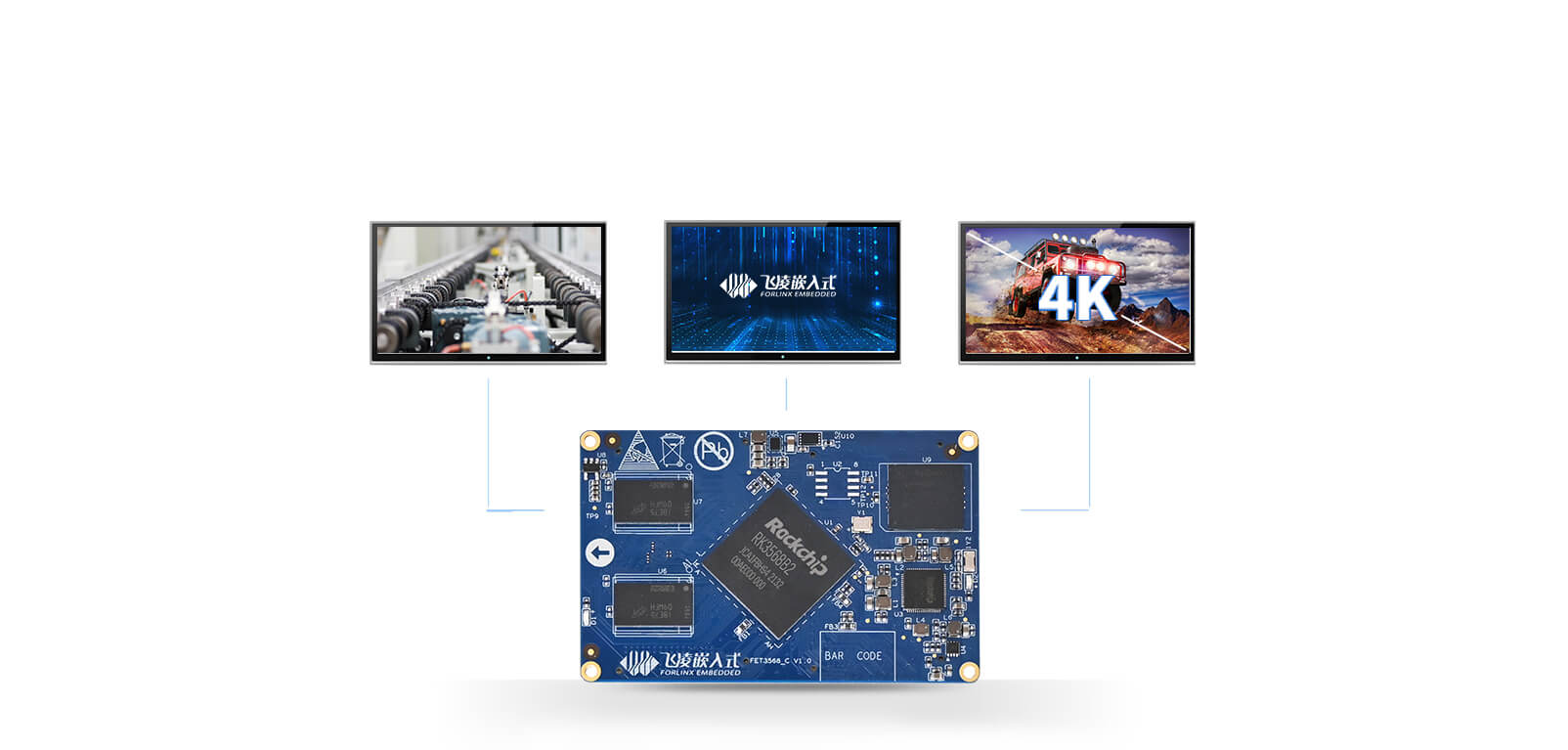Automated Guided Vehicles (AGV), also known as unmanned transport vehicles, are characterized by their significant feature of unmanned driving. AGVs are equipped with an automatic guidance system, which ensures that the system can automatically travel along a predetermined route without the need for manual guidance. They can transport goods or materials automatically from the starting point to the destination. Depending on the navigation method, AGVs can be divided into various types, such as electromagnetic navigation AGVs, laser navigation AGVs, magnetic strip navigation AGVs, QR code navigation AGVs, and vision navigation AGVs.
Among various forms, visual navigation products are the most capable of applying AI technology. They can dynamically capture the surrounding environment image information through cameras, compare it with the stored images database, and after repeated comparisons, they can engage in deep learning to determine the current state and make decisions for the next steps of travel.

The ARM architecture has several notable advantages in AGV (Automated Guided Vehicle), making it one of the widely adopted processor architectures.
Here are the key benefits of ARM in AGVs:

Among various forms, visual navigation products are the most capable of applying AI technology. They can dynamically capture the surrounding environment image information through cameras, compare it with the stored images database, and after repeated comparisons, they can engage in deep learning to determine the current state and make decisions for the next steps of travel.
Key Features:
- Automated Navigation: Through autonomous navigation technologies such as laser navigation, visual navigation, and magnetic navigation, robots can independently plan paths, avoid obstacles, and perform tasks.
- Precision and Safety: It can operate on highly accurate paths to perform material handling and distribution tasks, reducing human errors and safety risks.
- Multiple Payload Capacities: It can be designed and configured to accommodate different sizes and weights of goods or materials based on requirements.
- Flexibility: Adaptability to different manufacturing and warehousing environments. It can easily adapt to different production and warehouse environments, allowing for adjustments in tasks and paths based on requirements.
- Reduction of Labor Costs: The application of AGV can reduce manual labor and lower labor costs.
- Improving Efficiency: Compared with traditional labor, it can greatly improve the efficiency of production and logistics.
The ARM architecture has several notable advantages in AGV (Automated Guided Vehicle), making it one of the widely adopted processor architectures.
Here are the key benefits of ARM in AGVs:
- Low Power Consumption: The ARM processor architecture is known for its low-power characteristics, which is important for AGVs, which often need to run for long periods of time without interruption to perform material handling and distribution tasks.
- High Performance: ARM processors offer a wide range of performance levels, from low-power embedded cores to high-performance multi-core processors, which can be selected according to the AGV's application requirements for efficient task execution.
- Multi-core Support: The ARM architecture supports multi-core processor designs, which is beneficial for AGV applications that require parallel processing and complex calculations.
- Rich Ecosystems: ARM is supported by a rich set of development tools, compilers, operating systems and software libraries, which make it easier to develop and deploy AGV applications.
- Customizable: The ARM architecture allows hardware designers to customize the processor to meet the performance, power and size requirements of AGV applications based on specific needs.
- Wide Range of Applications: ARM processors are widely used in a variety of applications, including embedded systems, mobile devices, IoT and automation, making it easier to access technical support and resources for adopting the ARM architecture in AGVs.
- Cost-effectiveness: ARM processors are typically less expensive for cost-sensitive applications such as AGVs.
AGV Application Advantages:
- Powerful performance, combining GPU, NPU, and VPU in one.
- Built-in NPU with 1TOPS arithmetic power to meet the demand for lightweight AI computing in the application process, supporting Caffe / TensorFlow / TF-Lite / ONNX / PyTorch / Keras / Darknet mainstream architectures, bringing convenience to machine learning.
- Rich interface functionality, convenient for peripheral expansion, including 2 CAN FD interfaces, 4 independent USB interfaces (supporting up to USB 3.0), 3 SATA 3.0 controllers, and 2 built-in GMACs with support for RGMII/SGMII/QSGMII (2 MAC) interfaces, enabling dual gigabit Ethernet.
- Support 1080p60fps H.264 and H.265 format hardware encoding; support dynamic bit rate, frame rate, and resolution adjustment.
- The board has been subjected to severe ambient temperature tests, pressure tests, and long-term stability operation tests to ensure that it works stably and reliably.